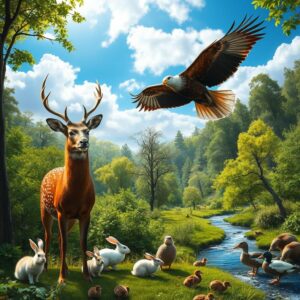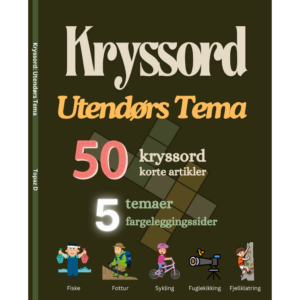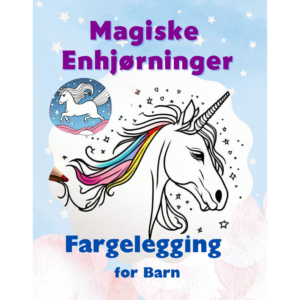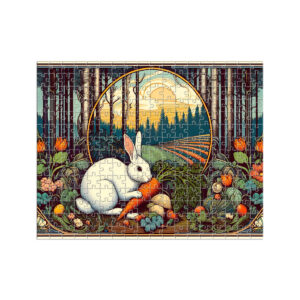
Explore & Play
Discover interesting topics and solve the accompanying crossword puzzle.
Antelope Crossword: Mastering Clues for Gazelle & Wildebeest
Table of Contents
Antelope Crossword
You can either fill in the crossword puzzle directly on this page or click the button in the bottom right corner to print it for free.
——————————————
Mastering Antelope Crossword Clues: A Guide to Gazelle, Wildebeest, Impala and More
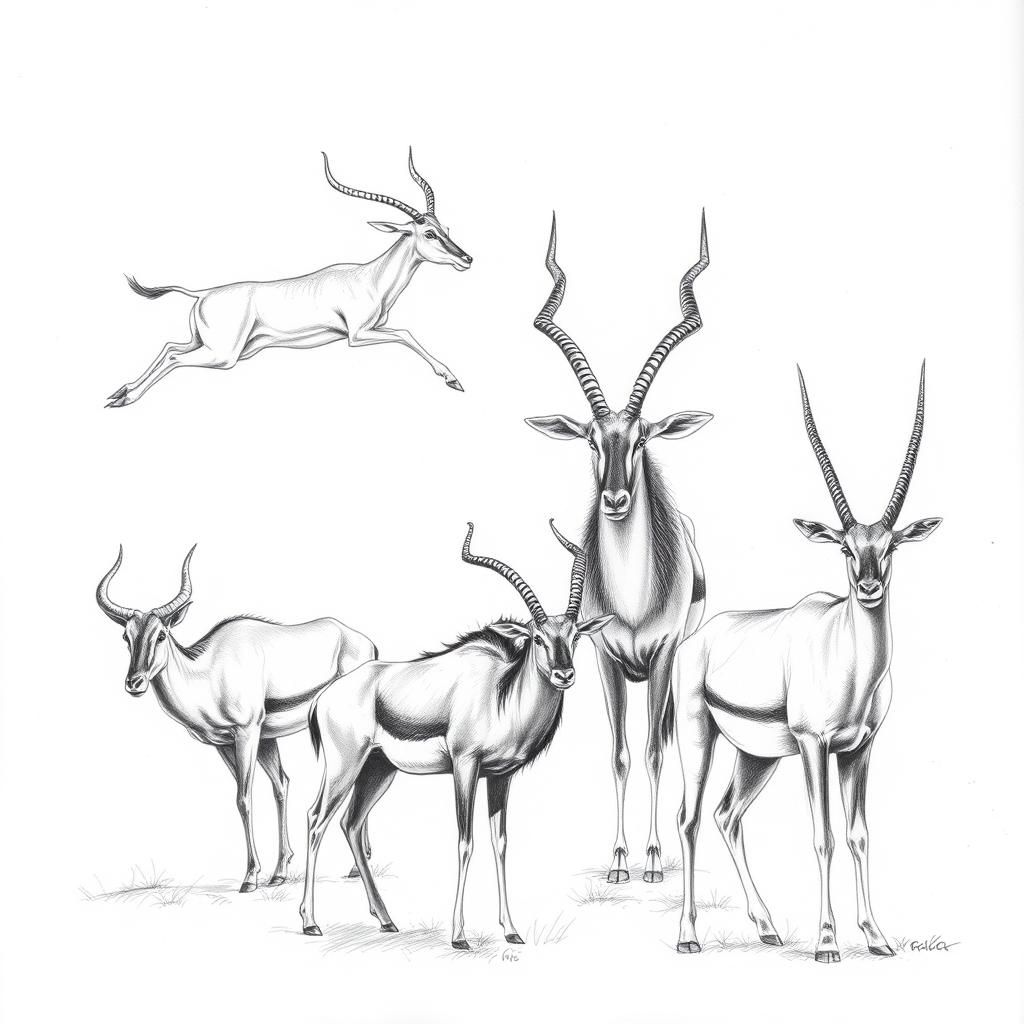
Picture yourself sitting down with a tricky crossword puzzle, the clue reads simply: “Graceful African antelope.” You pause, wondering which name fits best. That’s where understanding antelope clues can turn a blank square into a satisfying aha moment. Antelope-themed clues crop up more often than you might think, especially in puzzles that love nature, wildlife, or simply need a fitting five or six-letter word.
Why do crossword setters lean on antelope species? It’s because each one carries distinct traits—whether it’s the spiral of horns, the size of the animal, or its habitat—that make for clever, precise clues. These traits aren’t just puzzleshells; they’re the footprints of a larger story, tracks left by animals that roam vast African savannas and deserts. Knowing these hints isn’t about memorizing a list; it’s about recognizing shapes, patterns, and traits that anchor each species in the mind.
As you start, you’ll find that a gazelle might be linked with speed or agility clues, while a wildebeest often stands in for “large antelope.” Some clues might nudge you toward horn shape—think of the kudu’s elegant spirals or the oryx’s sharp, straight points—others might drop hints about habitat, narrowing your choices. By reading these signals carefully, you turn what might seem like an obscure animal name into a natural fit.
Beyond just solving puzzles faster, this guide offers you a peek into the world of antelopes—their elegance, behaviors, and places on the map—which makes the guessing game a little richer. It’s like having a conversation with a knowledgeable friend who points out the subtle details others might miss. Let’s dive into these distinctive species and discover how a few key traits can make you a crossword champ.
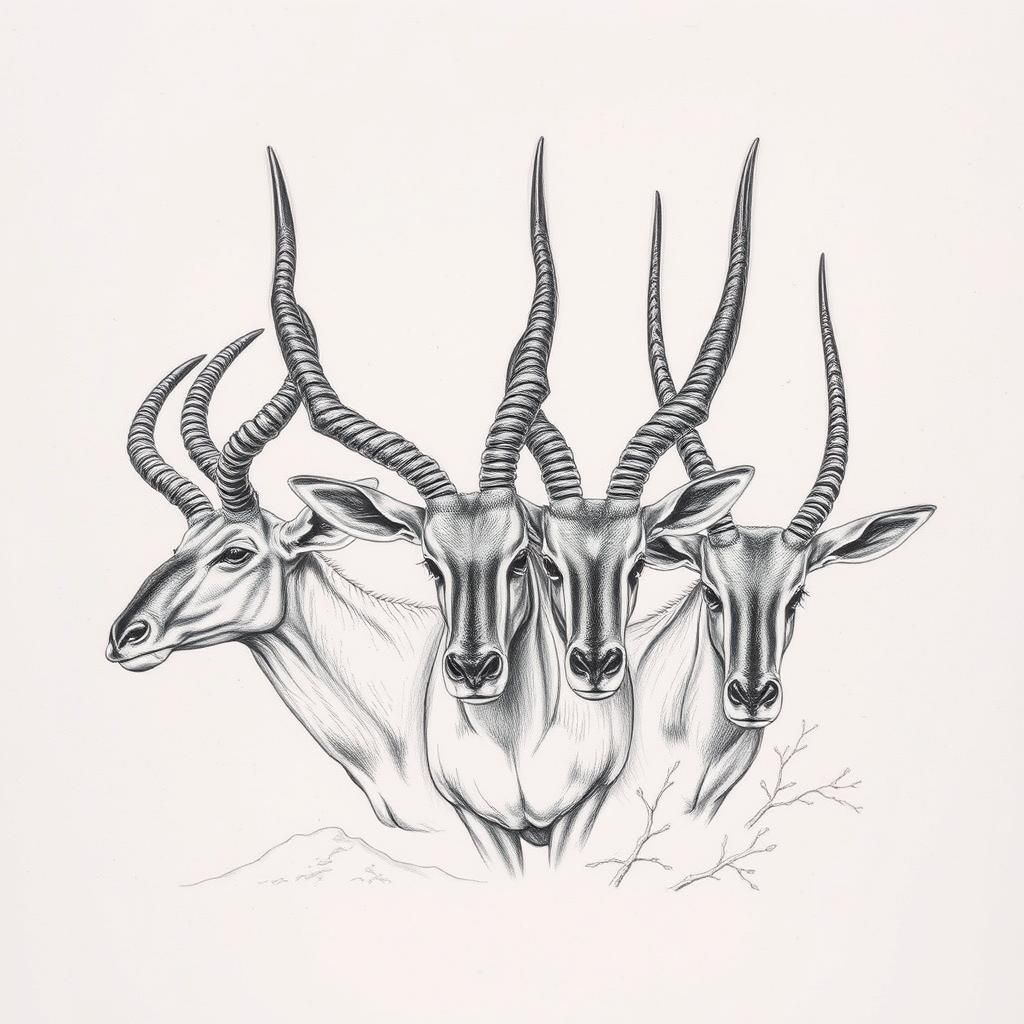
Understanding Antelope Traits: The Key to Crossword Success
When tackling crossword clues about antelopes, some quick rules can save you time and head-scratching. The trick lies in zooming in on three main features: horn shapes, size, and habitat. These are the puzzle’s secret codes, waiting for you to crack them.
Horn Shapes
Antelope horns come in all sorts of twists and turns. Take the Kudu — its horns spiral like a carefully crafted corkscrew, curling upward in a graceful swirl. If a clue mentions spiraled or twisted horns, Kudu is a solid guess. Then there’s the Oryx, boasting long, straight horns that look more like sharp spears than curls. These straight, pointed horns usually signal arid, desert-adapted species. So, when the puzzle focuses on horn shape, picture these distinct silhouettes and let them guide your answer.
Size and Body Features
Size is another gatekeeper in the crossword world. If the clue hints at something big and imposing, think Eland — the heavyweight champion among antelopes, with a bulky frame you can almost feel brushing through the brush. On the other end, the tiny Dikdik might be the answer when the clue points to “smallest” or “tiny.” Throw in body features as well: the slim, delicate build of a Gazelle contrasts with the stockier Wildebeest, another pointer to narrow down your choices.
Habitat and Behavior
The last piece of the puzzle is habitat. Antelopes aren’t just randomly scattered; they thrive in very specific places. A clue about a dry, desert-like environment nudges you toward an Oryx or Springbok. If the focus is on woodland or shrub habitat, Gerenuk might be the star — remember its lanky neck and long legs, adaptations for browsing higher bushes in arid regions. Recognizing the habitat clues helps you eliminate unlikely candidates with confidence.
Putting these together—horn shape, size, and habitat—is like assembling a simple but powerful map. Each trait acts as a signpost, pointing you to the right antelope in the crossword puzzle’s lineup. Keep these in mind, and solving antelope clues becomes less guesswork and more a satisfying walk through nature’s own gallery.
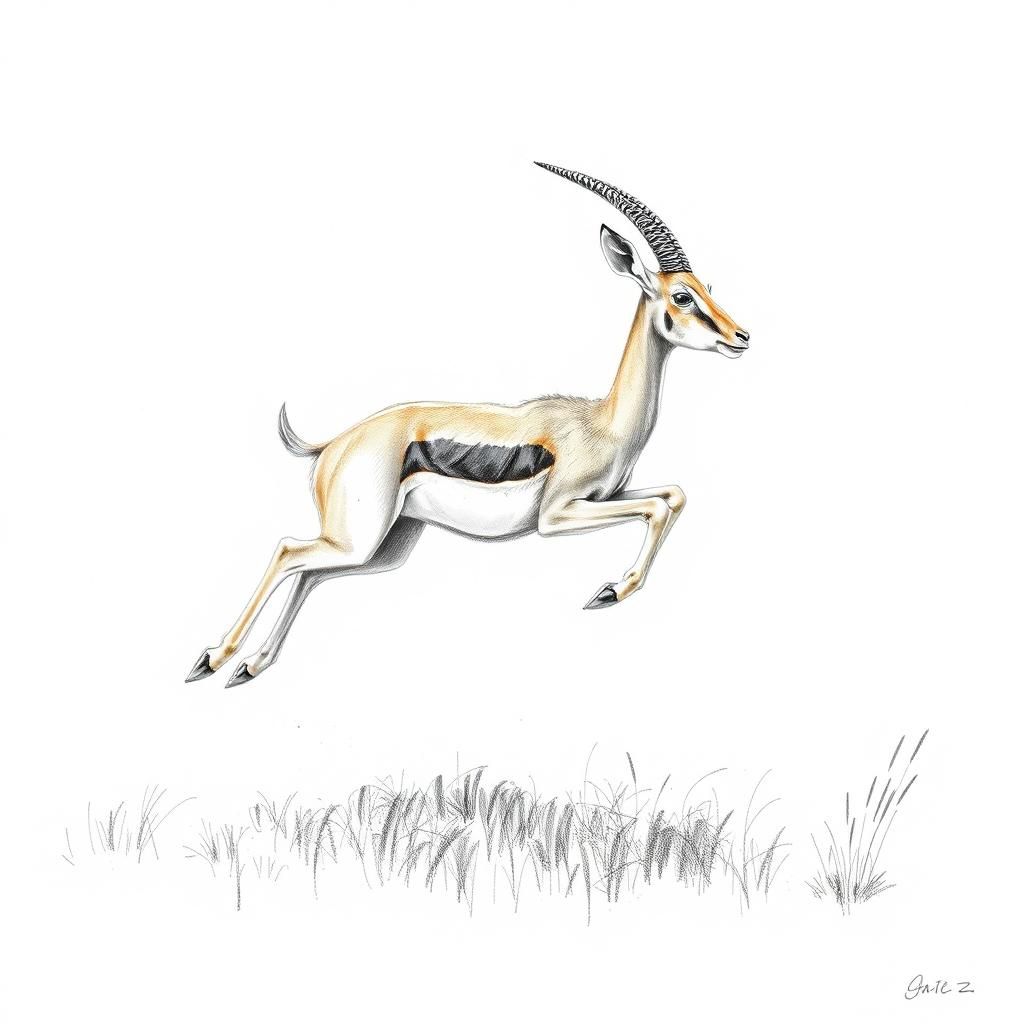
Gazelle: Speed and Grace in Crossword Clues
Picture a gazelle darting across the sunlit plains of Africa — slim, agile, and almost weightless. That image captures the essence of this antelope: small, sleek, and built for speed. Gazelles typically have a compact body, slender legs, and sharp, slightly curved horns that taper to points. Their coats are usually a warm tan, often with distinctive white markings on the flanks and underbelly, helping them blend seamlessly into the dry grasslands they call home.
When you see crossword clues hinting at quickness, grace, or something nimble and fleet-footed, the gazelle is a prime candidate. Puzzles might use synonyms like “swift antelope” or “fleet African herbivore,” nudging you toward this sprightly creature. Because they’re widely known as symbols of speed and agility, gazelles often pop up as answers when puzzles want to evoke that sense of effortless motion.
Beyond crossword puzzles, gazelles hold a vital role in their ecosystems. Their speed isn’t just a trivia point — it’s a survival tool against predators like cheetahs and lions. Watching their quick, bounding leaps offers a glimpse into a finely tuned dance of life on the savanna. So, the next time “fast antelope” crosses your path in a puzzle, imagine that graceful flash racing across the golden grass—and let the image guide you straight to “gazelle.”
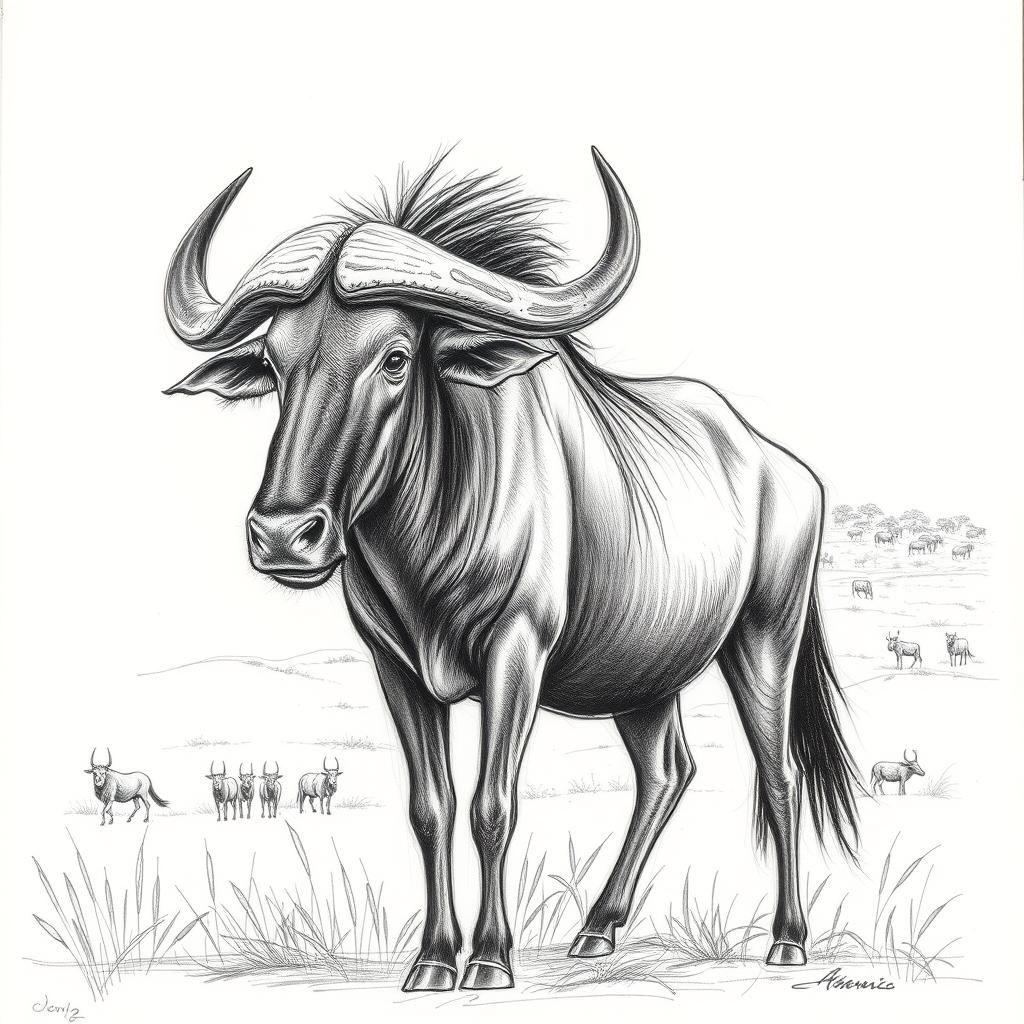
Wildebeest: The Large African Antelope
Step into the vast African plains, and you might catch a glimpse of the wildebeest—also known as gnus—a creature that commands attention with its sturdy frame and unmistakable silhouette. Picture a large, muscular antelope with a shaggy mane, broad shoulders, and a square muzzle. Its horns curve outward like crescent moons, thick at the base and tapering sharply—a signature feature that often helps pinpoint it in crossword puzzles.
When you see clues hinting at a “big African antelope” or something connected to “large herds” and “mass migrations,” wildebeest is a likely answer. Crossword setters love it because the word itself is distinctive and often paired with hints about endurance, movement, or large-scale journeys. It’s a word that can appear in clues referencing epic wildlife events or simply to describe a heavyweight antelope.
One of the wildebeest’s most fascinating claims to fame is its annual migration—a great natural spectacle where millions thunder across savannas and rivers in search of greener pastures. These migrations are more than just survival tactics; they shape the rhythm of Africa’s ecosystems and attract a tapestry of predators and scavengers. So, when a crossword nods to “massive wildlife migrations” or “Savanna’s endurance runners,” remember that the wildebeest carries those stories in its very name.
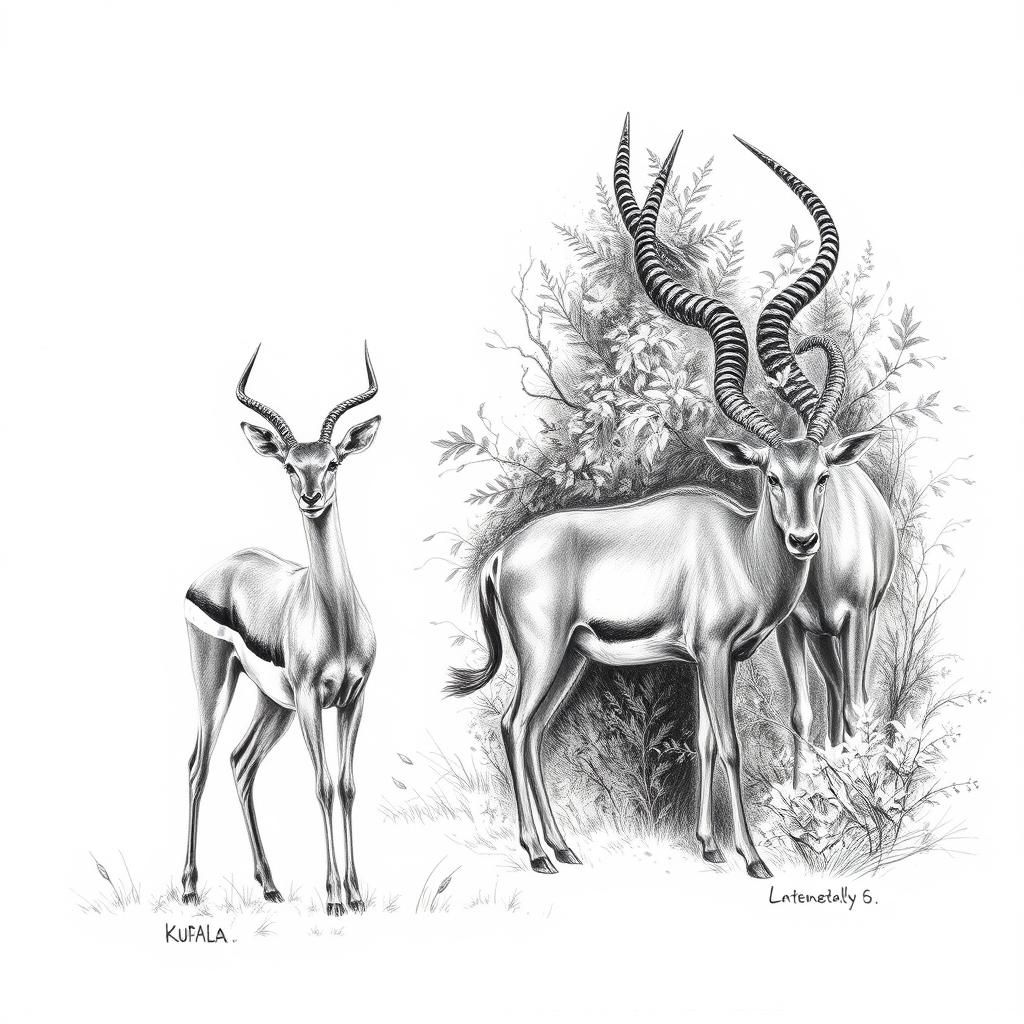
Impala and Kudu: Popular Thematic Clues
When it comes to antelope crossword puzzles, Impala and Kudu often pop up as go-to answers. Both species have striking horn shapes and distinct looks that make them stand out—but they can be tricky to tell apart if you don’t know what to look for.
Physically, Impalas are medium-sized antelopes. The males flaunt slender, lyre-shaped horns that curve gracefully backward before tipping forward. Their coats are a warm, reddish-brown with faint white markings, giving them a sleek, nimble appearance. Kudus, on the other hand, are taller and carry an unmistakable presence. Their glorious horns spiral upward in corkscrew twists—an almost artistic flourish in the animal kingdom. Kudus also sport vertical white stripes along their bodies, adding to their unique look.
In crossword clues, Impalas and Kudus often appear grouped together. You might see a hint about “spiraled horns” pointing you toward the Kudu, or a nod to “lyre-shaped horns” which favors the Impala. Size can be a subtle giveaway too: kudus tend to be more imposing, while impalas are a bit more compact and agile. When a clue references a graceful medium-sized antelope from Africa, Impala is a solid guess; but if the emphasis is on dramatic twisted horns, look Kudu’s way.
Beyond their horns, both species share interesting behaviors and habitats. Impalas prefer savannas and woodlands, perfectly blending speed and social interaction—they’re often seen in lively groups bounding through the brush. Kudus favor denser thickets, relying on their camouflage and impressive horns to navigate and survive. Both are important players in their ecosystems, offering food for predators and maintaining vegetation balance.
Next time you spot “medium African antelope” or a mention of spiraling horns in your puzzle, imagine yourself in the warm African dusk, watching an Impala dart through the grass or a majestic Kudu standing still, its twisted horns catching the fading light. Those glimpses make the puzzle clues come alive—and the answers feel just a bit more earned.

Oryx and Springbok: Horns and Habitat Focus
When it comes to antelope clues in crosswords, the oryx and springbok often stand out—and for good reason. These two species have sharply contrasting horn shapes and live in different but iconic parts of Africa, making them ideal “giveaways” in puzzles.
The oryx is hard to miss. Picture long, straight horns that jut out like twin spears, sleek and unyielding. These horns aren’t just for show—they’re perfectly adapted for defense in harsh desert environments. Oryxes roam some of Africa’s driest places, like the Kalahari and Namib deserts, where survival demands toughness and resilience. So, if a crossword clue mentions a desert antelope with striking, straight horns, chances are you’re dealing with an oryx.
The springbok, on the other hand, is all about flair and agility. Its horns curve gracefully in a lyre shape—a signature look that often pops up in clues referencing elegance or swift movement. You’ll find springboks bounding across the grassy plains and arid savannas of southern Africa, where their speed and jumping ability have earned them a spot as a national symbol in South Africa. When puzzles hint at a nimble antelope with distinctive, curved horns native to this region, springbok is frequently the answer.
For crossword solvers, these horn shapes and habitats are golden keys. If the clue nods to arid lands and straight, imposing horns—think oryx. If it hints at southern African grasslands, lyre-shaped horns, or quick movements, springbok is your go-to.
Beyond their looks and homes, both species boast fascinating adaptations. Oryxes can lower their body temperature to conserve water and survive scorching days, making them true desert dwellers. Springboks perform an impressive “pronking” leap, springing high with all four feet off the ground—a display both to confuse predators and show off vitality.
So next time you meet these names in a puzzle, remember the dry deserts of the oryx and the leaping grace of the springbok. Let their horns and habitats guide you straight to the answer.
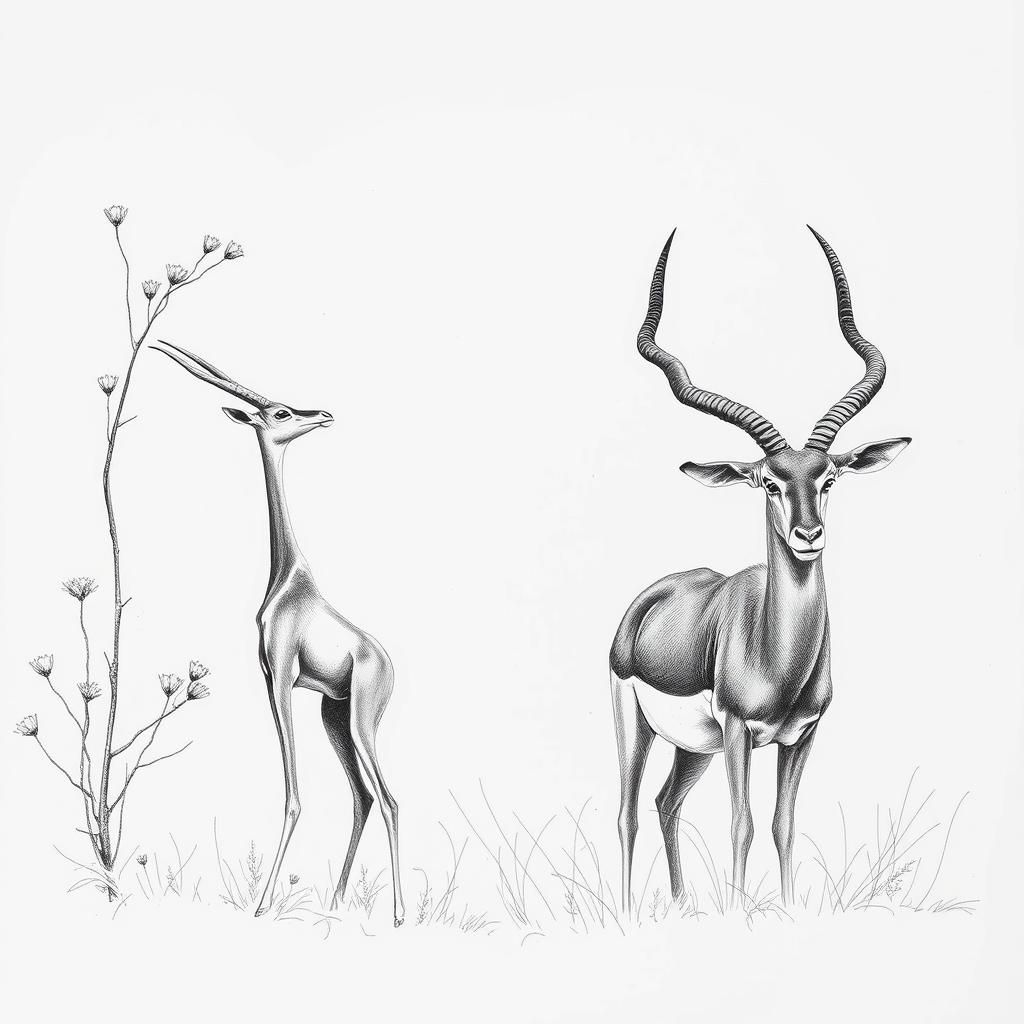
Lesser-Known but Popular Species: Gerenuk and Sable
Step into the world of two antelope species that might slip under the radar but often pop up in crossword puzzles: the Gerenuk and the Sable. Each comes with distinctive features that make them memorable once you know what to look for.
The Gerenuk is hard to miss—if you picture a slender antelope with a neck that seems almost too long for its body, you’re on the right track. Sometimes called the “giraffe-necked antelope,” the Gerenuk’s elongated neck and legs help it reach leaves far higher than most other species can. This adaptation isn’t just quirky; it reflects life in dry bushland and scrubby habitats of East Africa, where food can be scarce close to the ground. Its rarity outside specialized knowledge makes it a tricky crossword answer, but clues mentioning “long neck,” “browsing high shrubs,” or “East African antelope” might point your way.
On the other side of the spectrum stands the Sable, a striking figure clad in a dark, almost black coat that contrasts sharply with the brighter savanna surroundings. Its dramatic, backward-curving horns are not just weapons but visual signatures that often appear in clue descriptions. Sables favor wooded grasslands in southern and eastern Africa and live in tight social groups, giving them a regal, almost mythical aura. Crossword clues might tease you with “antelope with curved horns” or “dark-coated African species,” nudging you toward this elegant animal.
Though neither the Gerenuk nor the Sable dominates the crossword scene like the impala or kudu, they do show up with enough frequency to warrant attention. Recognizing their unique traits—whether it’s the Gerenuk’s lanky silhouette or the Sable’s powerful, curved horns—can turn a perplexing clue into a satisfying solution.
To keep these two in mind: imagine the Gerenuk stretching its neck like a cautious explorer reaching for distant treats, while the Sable stands bold and proud, horns arching like dark crescents against the sunset. These vivid images make them not just answers but stories, breathing life into crossword puzzles and the landscapes they come from.

Dikdik and Eland: Unique and Challenging Answers
Let’s start small and end big. The dikdik is one of those answers crossword solvers love for its short, punchy name that almost spells victory on its own. Standing just over a foot tall at the shoulder, dikdiks are tiny, alert antelopes known for their big eyes and that snappy name—easy to spot in a clue about something small or trifling. Their horns are slim and pointed, barely noticeable compared to larger antelopes, and they dwell in the dense bushlands of eastern Africa. If you see a clue hinting at a miniature antelope or something “tiny,” dikdik is a smart guess.
Now, flip the page to the opposite end of the spectrum: the eland, the heavyweight champion of the antelope world. These giants can weigh over a ton, with a distinctive, bulky frame and loose, flowing skin that almost ripples when they move. Their twisted, corkscrew horns sweep upwards, marking them as majestic and unmistakable. Elands live across various African landscapes, from grassy savannas to woodlands, and they’ve woven their way into local myths and folklore, often symbolizing strength and endurance. When a crossword clue points at sheer size, power, or even references mythic or cultural significance, “eland” is the unlikely but perfect fit.
For the puzzle enthusiast, dikdiks and elands offer a neat contrast: from the tiniest names to the largest frames, size is a clear flag in the crossword world. Remember this scale, and you’ll quickly narrow down your options when horns alone don’t tell the full story. Plus, both names are unique enough to pop out in a grid, giving you that satisfying “aha” moment when the right antelope slots into place.
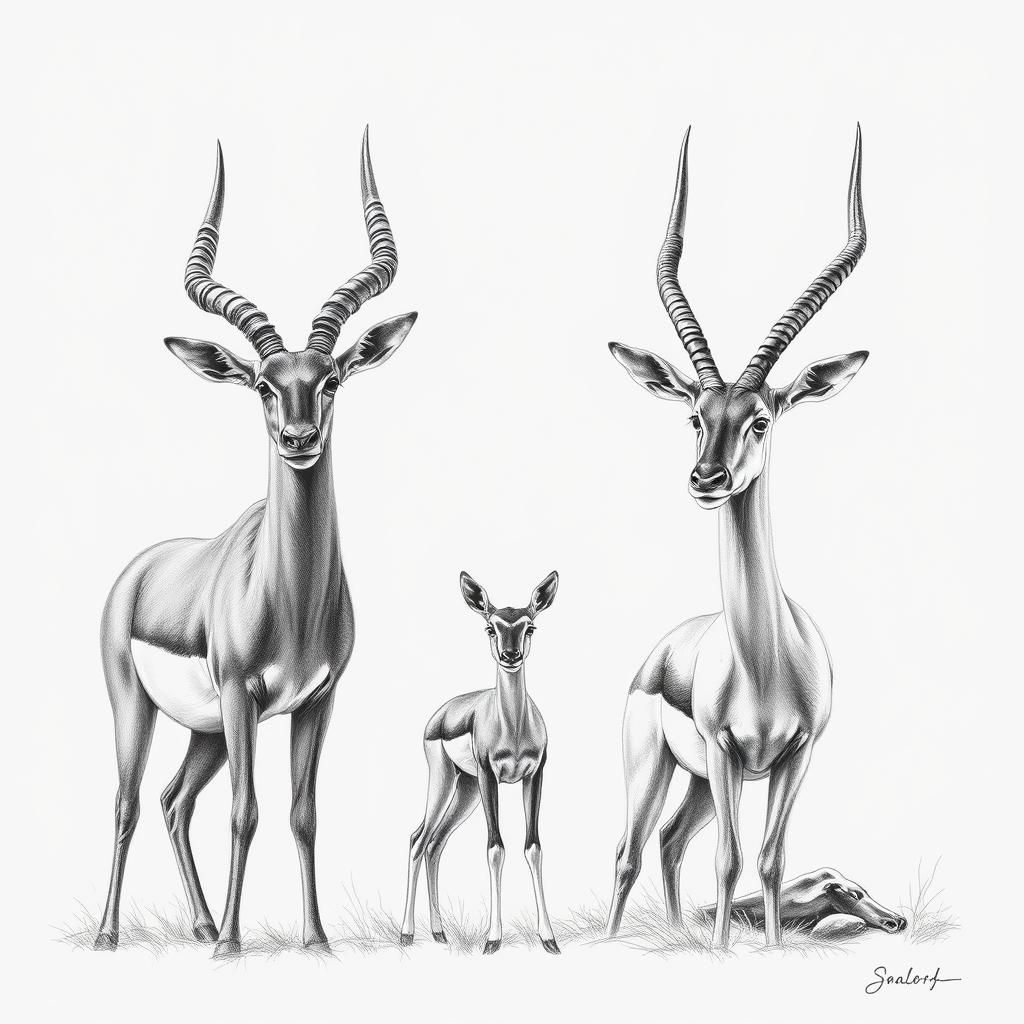
Conclusion
As we wrap up this journey through the world of antelope crossword clues, remember the key tools that will sharpen your solving skills: horn shapes, size, and habitat. These aren’t just dry facts—they’re clues woven into the puzzles, waiting for you to spot them. Whether it’s the spiraled horns of a kudu or the tiny stature of a dikdik, these traits help you cut through guesswork and find the right answer faster.
Don’t rely on memory alone. Mix your knowledge with the puzzle’s context. If the clue hints at desert survival, think oryx. If speed is mentioned, gazelle should come to mind. Combining these hints turns a frustrating grid into a satisfying challenge.
Keep practicing with a mix of species and clue styles. The more puzzles you tackle, the more these distinctive details will stick with you. And when you stumble upon trivia—like the gerenuk’s giraffe-like neck or the wildebeest’s epic migrations—let that curiosity deepen your connection to these remarkable creatures.
If you find yourself hooked, seek out books, articles, and crossword forums dedicated to nature and language. The more you explore, the richer your puzzles become.
So next time an antelope clue crosses your path, meet it not just with knowledge but with the quiet confidence of someone who knows these animals as more than just answers—not unlike a trusted travel companion revealing stories behind every horn and hoof print. Happy puzzling!
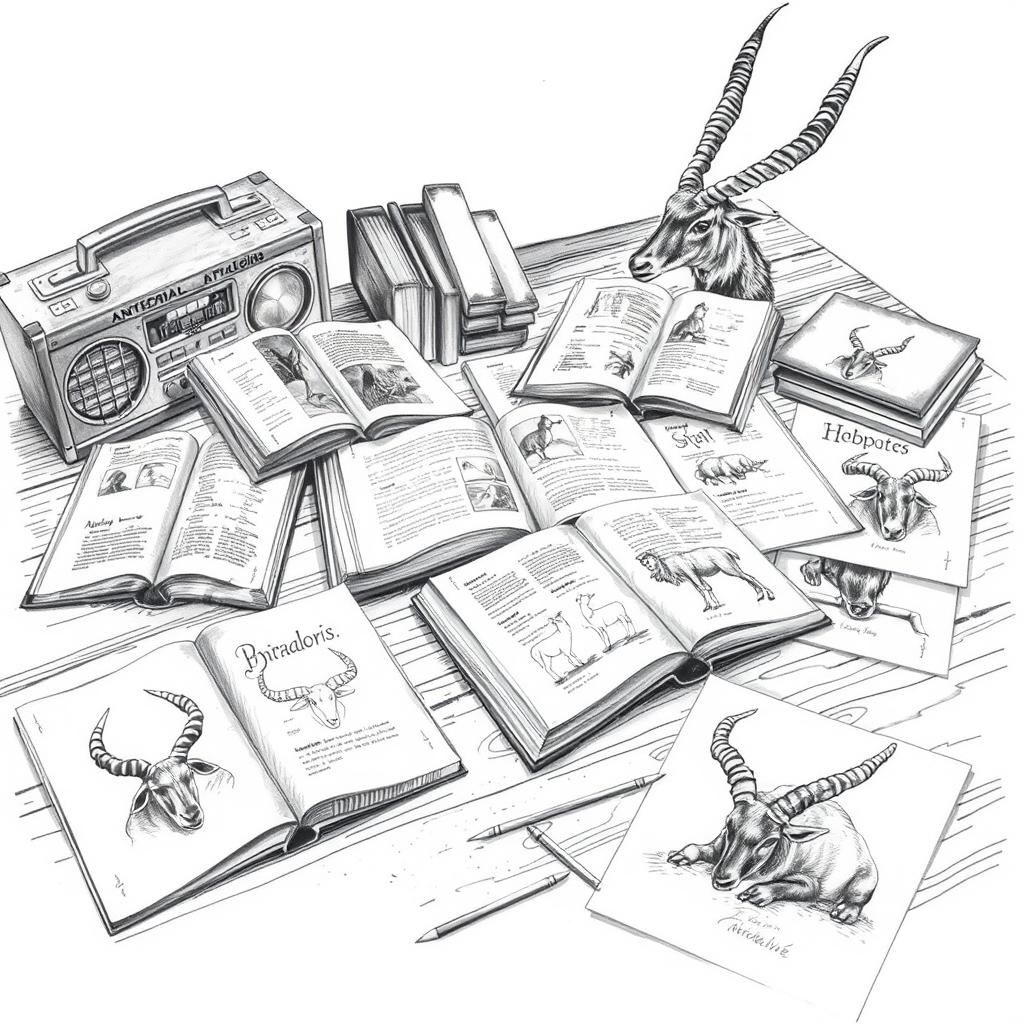
References and Further Reading
To deepen your journey into the world of antelope crossword clues, here are some trusted resources that blend rich cultural insight with practical puzzle-solving help:
-
Crossword Clue Databases
Websites like OneAcross and Crossword Nexus offer vast collections of antelope-themed clues and answers. These platforms let you explore common patterns, synonyms, and variant spellings — a handy tool to keep your solving skills sharp. -
Wildlife and Nature Encyclopedias
For vivid, sensory-rich descriptions and fascinating tidbits about antelope species, turn to sites such as the African Wildlife Foundation or National Geographic. They bring each animal to life beyond the puzzle grid, helping you connect clues with the real-world animals they represent. -
Cultural and Historical Perspectives
To understand how antelope have shaped traditions, art, and language across cultures, the Smithsonian Institution and the British Museum’s online collections provide stories and artifacts that illuminate the deeper human threads behind these creatures. -
Nature Documentaries and Podcasts
Sometimes hearing stories makes facts stick better — consider watching documentaries like “The Great Migration” or tuning into podcasts focused on African wildlife. These immersive experiences enrich your mental image, making it easier to recall details when puzzles call for them. -
Books for the Curious Solver
Dive into titles like “Antelopes: Global Survey and Regional Action Plans” or “The Encyclopedia of Mammals” (concise editions) for accessible yet informative overviews that balance solid facts with engaging storytelling.
By weaving together these resources with your growing knowledge of horn shapes, sizes, habitats, and behaviors, solving antelope crossword clues becomes not just easier, but a vivid journey through the landscapes and lives of these remarkable animals. Consider each clue a stepping-stone on a path where culture, nature, and history meet—and where your own curiosity can roam free.
Share to...
I hope you enjoy the content.
Want to receive our daily crossword puzzle or article? Subscribe!
You may also be interested in
Share to…
Want to receive our daily crossword puzzle?
-
Jigsaw Puzzles
Art Nouveau Jigsaw Puzzle with Betta Fish in Lush Garden Scene 250 | 300 | 500 Pieces
kr 348,00 – kr 439,00Price range: kr 348,00 through kr 439,00 Select options This product has multiple variants. The options may be chosen on the product page -
Jigsaw Puzzles
Fish Market in Norway Jigsaw Puzzle 250 | 300 | 500 Pieces
kr 348,00 – kr 439,00Price range: kr 348,00 through kr 439,00 Select options This product has multiple variants. The options may be chosen on the product page -
Jigsaw Puzzles
Art Nouveau Puzzle – White Rabbit in a Whimsical Garden 250 | 300 | 500 Pieces
kr 348,00 – kr 439,00Price range: kr 348,00 through kr 439,00 Select options This product has multiple variants. The options may be chosen on the product page
